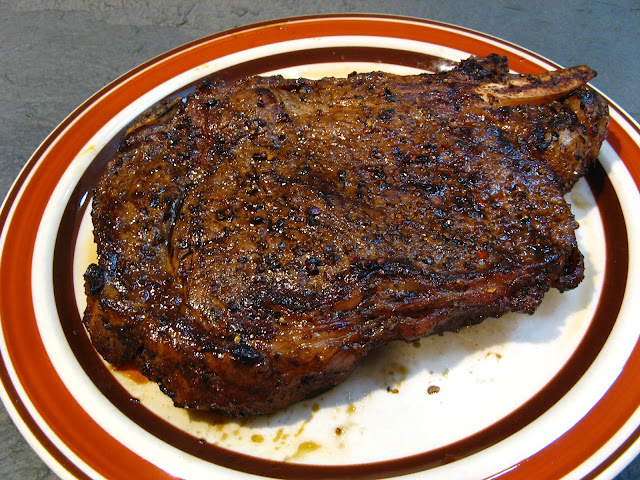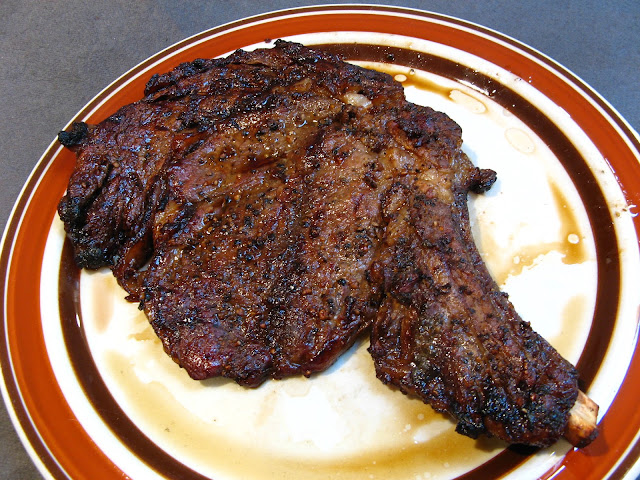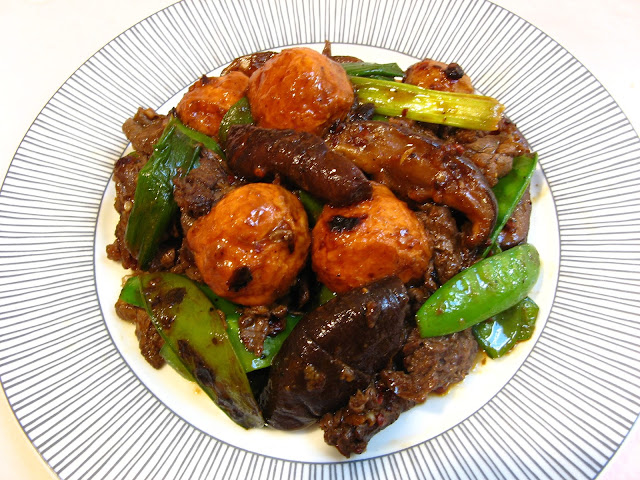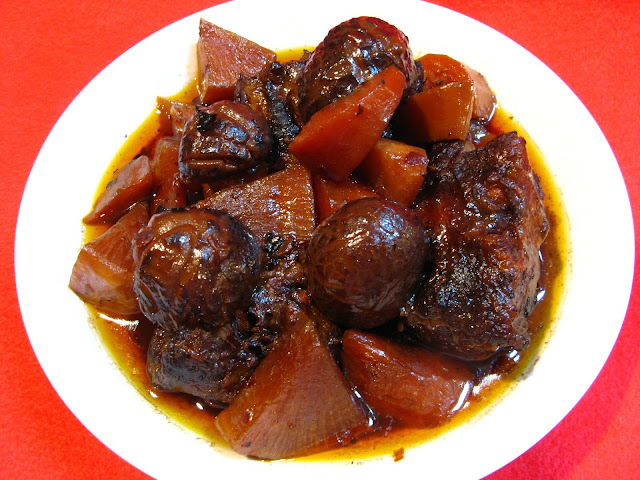While this recipe would seem to be more appropriate during
the winter, it is still tasty when cooked during the spring, especially when
you use a slow cooker (i.e. crockpot) to make the dish. Fresh lotus root is preferable,
but pre-cut frozen lotus root makes a good substitute when fresh is not
available (and then even the frozen lotus root slices can sometimes be hard to
find). If lotus root cannot be found, daikon makes a good substitute.
Beef oxtail and beef tendon go together to make a classic
Chinese stew. Chee Hou sauce is an important ingredient to making this dish.
Chee Hou sauce is a prepared sauce and is similar in taste to hoisin sauce
(which can be substituted if you can’t find it at your local Asian market) and
has a slightly spicier taste to it. The real spiciness for this dish comes from
the addition of Japanese chilies. Japanese chilies have some heat to them, but
are more flavorful spicy than hot and can be found at your local Mexican market. The Japanese chilies are stir fried before
being added to the slow cooker.
Beef oxtails are readily available at most markets. Removing
the outer fat layer from the oxtails is an important step to producing an almost
fat free sauce. Use a sharp knife to remove the outer fat layer before cooking.
Beef tendon is another part of the cow available at Asian markets either whole
or already cut into pieces. It’s a texture ingredient that produces a great
mouth feel when eaten. Uncooked, it’s tough and hard to cut, cooked long and
slow, and it becomes soft. There’s really no substitute for this ingredient, so
if you can’t find it, it can be omitted, but the stew won’t be the same.
Enjoy!




















